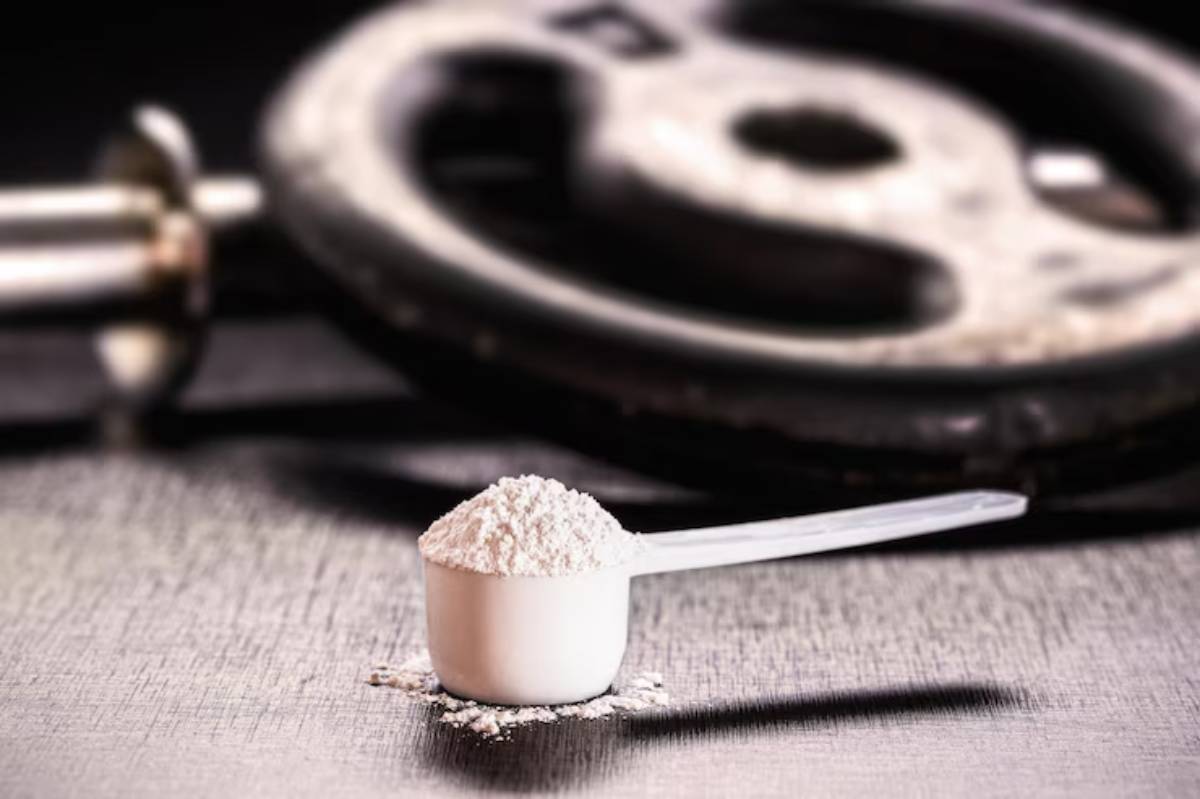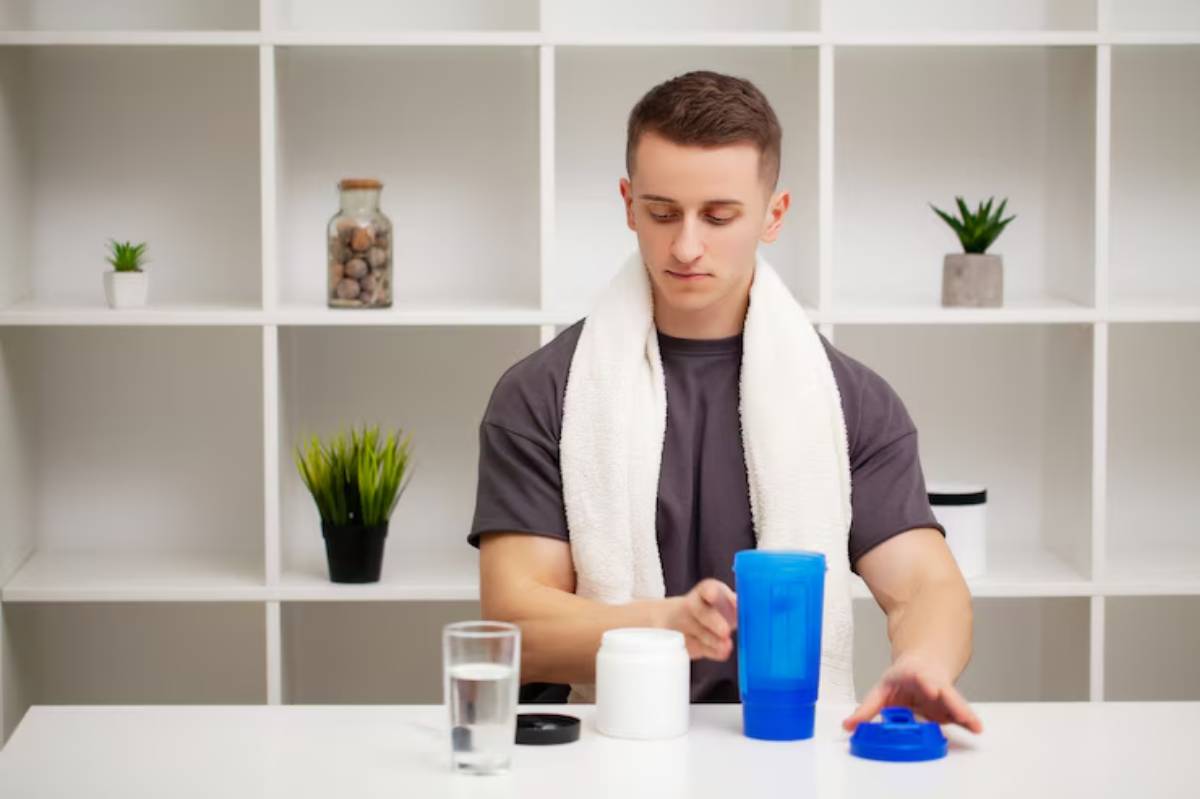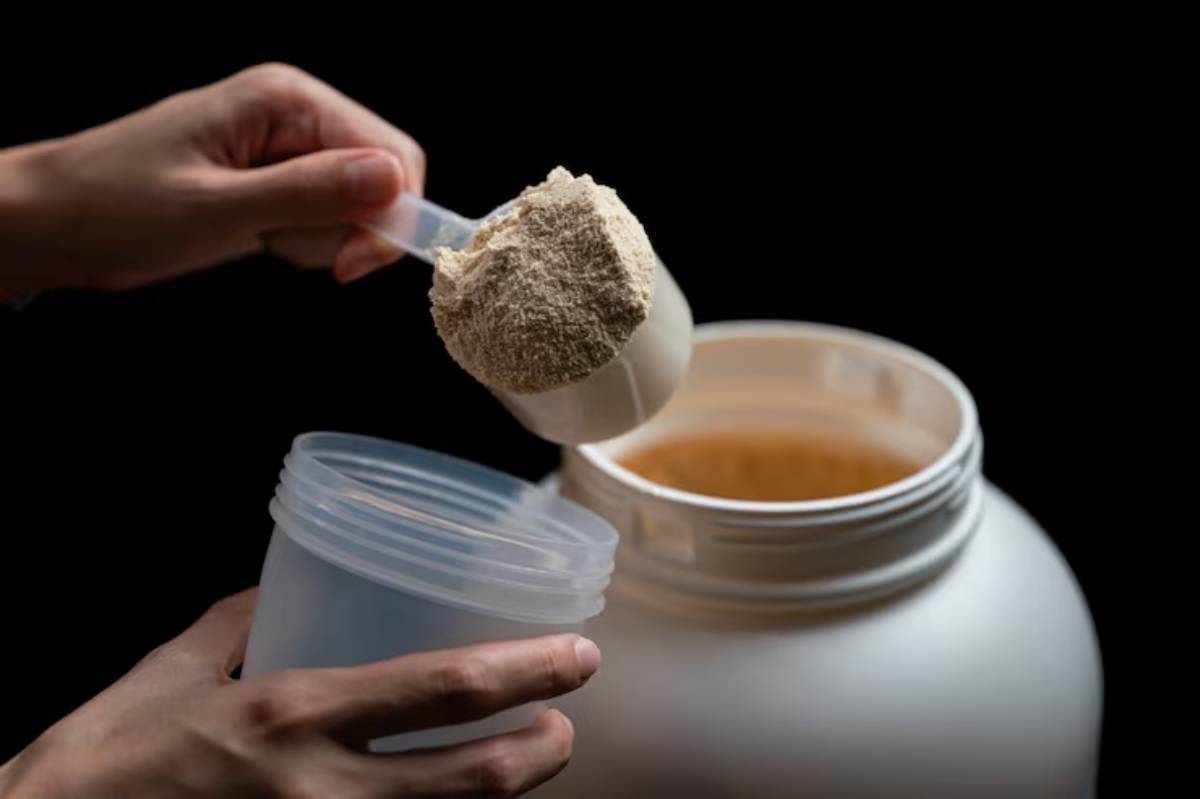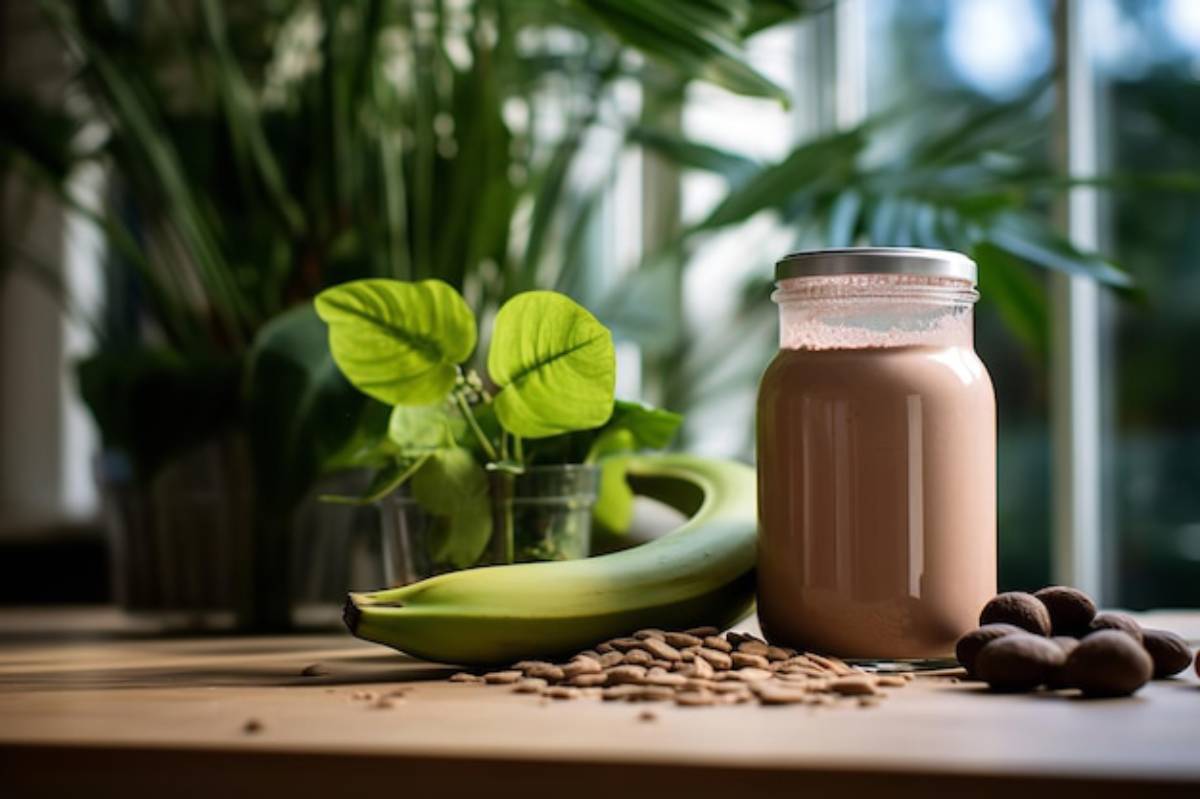
Creatine Myths Debunked: Science vs Fiction
For a supplement backed by decades of research, creatine still sparks a lot of confusion. One minute, it’s hailed as a muscle-building miracle. Next, it’s blamed for bloating, kidney problems, or even hair loss. So which is it?
Chances are, you’ve heard a few horror stories or seen myths floating around on social media, forums, or in your gym locker room. But what’s fact, and what’s just fiction? If you’re serious about building muscle, increasing strength, or optimising your training, understanding the muscle-building truth behind creatine is crucial.
This article sets the record straight. We’ll tackle the top myths around creatine safety, water retention, and more, drawing from credible science, real-world experiences, and expert advice. By the end, you’ll know exactly what creatine can (and can’t) do for your body.
Myth 1: Creatine is a Steroid
The Fiction
“Creatine is basically a steroid.”
The Truth
Creatine is not a steroid. Not even close. Steroids are synthetic hormones that mimic testosterone. Creatine, on the other hand, is a naturally occurring compound found in red meat, fish, and your own body.
Why the Confusion?
Because creatine improves performance, people often lump it in with performance-enhancing drugs. But unlike steroids, creatine doesn’t alter your hormones or cause the side effects linked with anabolic compounds.
Creatine is legal, safe, and doesn’t mess with your endocrine system.
Myth 2: Creatine Damages Your Kidneys
The Fiction

“Creatine ruins your kidneys over time.”
The Truth
Extensive research on healthy individuals shows that creatine has no harmful effect on kidney function when taken at recommended doses.
A 2003 study published in the International Journal of Sport Nutrition tracked kidney markers in athletes on long-term creatine use. Result? No signs of kidney stress.
Caveat:
If you have a pre-existing kidney condition, you should consult your doctor before supplementing.
Creatine doesn’t damage kidneys in healthy people. Myth busted.
Myth 3: Creatine Causes Water Retention and Bloating
The Fiction
“Creatine makes you look soft and bloated.”
The Truth
Yes, creatine does draw water into your muscles. But this isn’t a bad thing. It’s called intracellular water retention, meaning your muscles hold more water, making them fuller, not puffier.
Clarifying the Misconception
What most people fear is subcutaneous bloating (water under the skin), which makes you look puffy. That doesn’t happen with creatine unless you’re over-consuming or not staying hydrated.
Choose creatine HCL if you’re sensitive to water retention.
Explore the difference in forms here Monohydrate vs HCL: Creatine Breakdown.
Myth 4: Creatine Causes Hair Loss
The Fiction
“Creatine makes you go bald.”
The Truth
This myth is based on a single 2009 study that found increased DHT levels in a small group of rugby players who supplemented with creatine.
But here’s the kicker The study didn’t measure hair loss—just hormone levels. And no follow-up studies have replicated these results.
Expert Insight
No definitive scientific link exists between creatine and male pattern baldness. If you’re genetically prone to hair loss, creatine may accelerate it—but even that is theoretical.
The evidence is thin. Creatine is not a confirmed cause of hair loss.
Myth 5: You Must Load Creatine or It Won’t Work
The Fiction
“If you don’t do a loading phase, it’s useless.”
The Truth
Loading (20g/day for 5–7 days) saturates your muscles faster. But it’s not necessary.
The Alternative:

- Take 3–5g daily
- Full saturation occurs in about 3–4 weeks
- This method is easier on the stomach and equally effective in the long run.
Loading is optional. Consistency is what matters.
Myth 6: You Should Cycle Off Creatine to Avoid Side Effects
The Fiction
“You need to go off creatine or it stops working.”
The Truth
No scientific evidence supports the idea that your body builds a “tolerance” to creatine. In fact, most experts agree that cycling off isn’t required.
That said, some people cycle off to:
- Track natural baseline performance
- Reduce perceived bloating
- Reset their supplement stack
Cycling is a preference, not a safety requirement.
Myth 7: Creatine Is Only for Bodybuilders
The Fiction
“Unless you’re trying to get huge, creatine is pointless.”
The Truth
Creatine supports strength, endurance, recovery, and even brain function.
- Runners
- Swimmers
- CrossFitters
- Team sport athletes
- Older adults maintaining muscle mass
Research Highlight
A study in Experimental Gerontology showed creatine improved muscle function and lean mass in adults aged 60+.
Creatine is for more than just hypertrophy.
Myth 8: Creatine Needs to Be Taken Right Before a Workout
The Fiction
“If you don’t take it 30 minutes before, it’s wasted.”
The Truth
Creatine works by saturating your muscles over time. Timing isn’t critical—consistency is.
That said, studies suggest a slight advantage to taking it post-workout, especially with carbs and protein.
Take it daily, not just around workouts.
Myth 9: All Creatine is the Same
The Fiction
“Doesn’t matter which one you take. They’re all identical.”
The Truth
Creatine monohydrate is the most researched, but other forms like HCL or micronised creatine may.
- Dissolve more easily
- Causes less GI distress
However, no form has consistently outperformed monohydrate in muscle-building outcomes.
Choose what your body tolerates best.
Myth 10: Creatine Will Make You Fat
The Fiction
“You’ll gain weight and look puffy.”
The Truth
Creatine can increase weight due to water stored in muscles, not fat. This often adds 1–3kg in the first few weeks.
Bonus: This water retention can enhance muscle performance and fullness.
Creatine doesn’t cause fat gain. Eat in surplus to grow muscle.
Myth 11: It’s Unsafe for Teens
The Fiction
“Young athletes shouldn’t touch creatine.”
The Truth
Creatine has been studied in adolescents and found to be safe when used properly.
However, many experts suggest prioritising:

- Whole food nutrition
- Consistent training habits
- Education on supplement use
With guidance, creatine is safe for teens, but it’s not a shortcut.
Myth 12: Creatine Works Instantly
The Fiction
“You’ll feel the difference after one scoop.”
The Truth
Creatine takes time. Most users see results after 2–4 weeks of consistent use.
Immediate effects like “better pumps” are usually placebo or due to improved hydration.
Creatine is about long-term gains, not quick fixes.
Conclusion: Cutting Through the Creatine Noise
Creatine is one of the safest, most effective, and well-researched supplements available today. But misinformation continues to cloud its reputation.
Here’s what we know for sure:
- It doesn’t harm your kidneys
- It doesn’t make you fat or bald (for most)
- You don’t have to load or cycle it
- It works for more than just bodybuilders
- And yes—it actually works
Your training deserves truth, not bro-science. Keep things simple, stay consistent, and let the results speak for themselves.
What’s Your Creatine Experience?
Ever fallen for a creatine myth? Notice a big change once you started supplementing? Let’s hear your thoughts in the comments.
And if you’re ready to optimise your stack, check out The Ultimate Muscle Building Supplement Stack for a full roadmap.
Subscribe for no-BS supplement guides, training tips, and deep dives into what really works.


